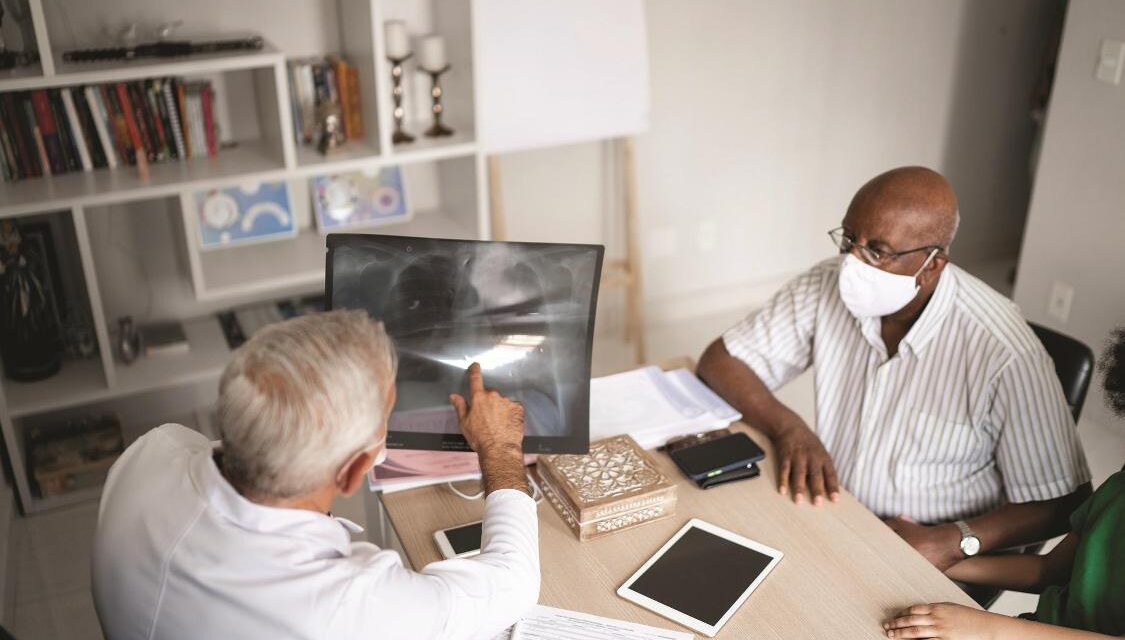Lung cancer has the highest mortality rate among cancers, killing more men and women than any other type of cancer. However, if found in its earliest stages, lung cancer is likely to be successfully treated, according to the American Cancer Society, with a survival rate as high as 90 percent.
“Unfortunately, lung cancer screening rates are very low because of a lack of awareness around the benefits of early detection. People are also unaware that there is no cost for lung cancer screening if they meet the eligibility guidelines,” said Dr. Raja Cheruvu, President of Windsong Radiology.
Screening can detect lung cancer when there are no symptoms, which is why people at a higher risk of lung cancer should be screened annually. However, according to the American Lung Association’s State of Lung Cancer report, only 6 percent of high-risk individuals receive screening. Epic Health Research Network found that 87 percent of high-risk individuals are not screened, despite that it is fully covered at no cost to them.
What is a Lung Cancer Screening? Like a mammogram or colonoscopy, lung cancer screening with a low dose computed tomography scan (LDCT) examines the lungs to detect yearly changes, so that if anything unusual is found, treatment can begin quickly. LDCT is recommended for individuals at high-risk for lung cancer. The scan takes a 3D picture of the lungs, using 75 percent less radiation than a regular CT scan, without the need for any contrast. LDCT is able to find a potential problem before patients experience any symptoms. This is because symptoms are often overlooked, or don’t appear until the cancer is well advanced.
Who is Eligible for Screening? Lung cancer can affect anyone. A family history of lung cancer, a personal history of lung disease, lifestyle, or environmental factors, increase a person’s risk. Most importantly, age and smoking habits can indicate whether a person should consider screening. More people now qualify for yearly LDCT scans, according to updated guidelines that lowered the eligibility threshold. Based on a person’s age and smoking habits, annual LDCT screening is recommended for people ages 50-80, those who actively smoke or have a history of smoking within the last 15 years, or who heavily smoke or used to heavily smoke (smoked for 20 “pack years” or more). To better understand, smoking one package per day for 20 years equals 20 pack years. Learn more about this at screenyourlungs.org.
Questions to Ask Your Doctor. If you’re concerned about your risk, have a history of smoking, and lived through the time when smoking was permitted everywhere, don’t wait for symptoms to appear to bring up the subject with your doctor. Schedule an appointment to talk to a provider and see if you qualify for LDCT annual screening. Consider asking questions such as: Is lung cancer screening recommended for me? How do I know if my insurance covers LDCT screening? What are the benefits and risks of LDCT screening? How will I get the results of my LDCT scan?
To make an appointment for LDCT screening, visit www.Windsong.com, or call 716-631-2500.












